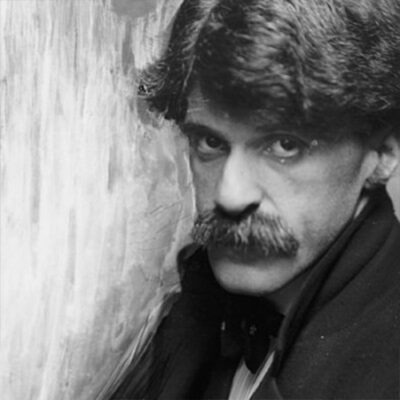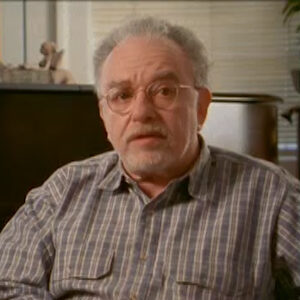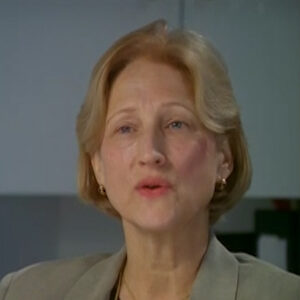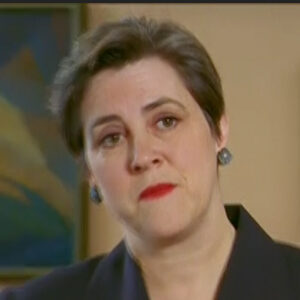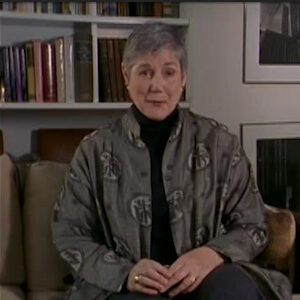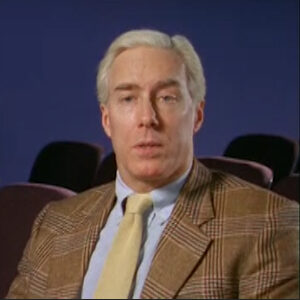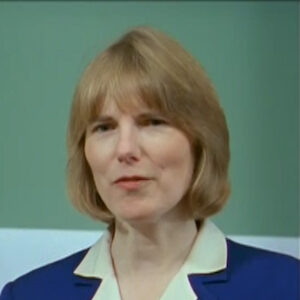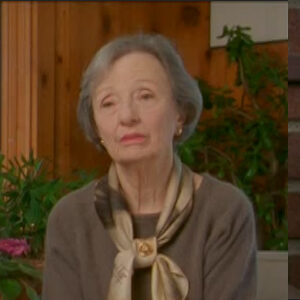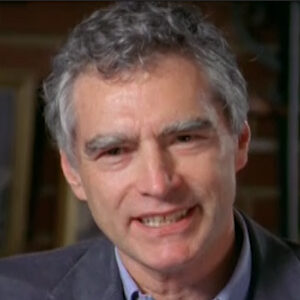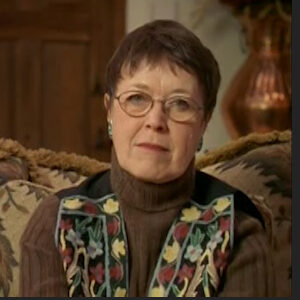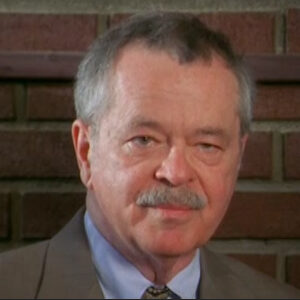Interviewer: All right. We don’t go. Can you tell us something about what was it when you first started? What was your attitude toward Port Stephens? You won’t hear my question. So I use the word stupid.
Morell: When I first started photography, Stiglitz was not even in the picture, estimated that.
Morell: When I first started photography, Stieglitz wasn’t even in the picture in my picture. The people who really influenced me a lot were Cartier-Bresson and Robert Frank and Helen Levitt, people who photographed in the streets. And a lot of psychology, a lot of human drama pick people who reflect.
Interviewer: When I first started photography, relax.
Morell: When I first started photography, Stiglitz wasn’t even in the picture. He was unknown to me, the peak. The people who were really influential were Robert Frank, Helen Levitt, Cody Bryson, people who forego a lot of dramatic action in the streets. I was really interested in that, how the streets reveal a certain kind of drama of life. So Stieglitz was not now was not a person who was of interest until years later.
Interviewer: At what point did you become.
Morell: Well, um, I had a son in 1986, uh, same as Brady, and I used to be a street photographer. Um, you know, Allah Cartier-Bresson. Then I decided that maybe I should make photographs inside the house. You know, my family. The common things around the house and photographing these fairly everyday objects.
Morell: Should I stop? Yeah. So.
Morell: Stieglitz became interesting to me later. I had a son in 1986, and my whole sense of photography really shifted. It was no longer the outside dramas that were curious to me, but the inside of the apartment, the everyday things is objects is flesh. And then, you know, then I began to like look at people like Paul Stram more closely and Stieglitz, you know, a real care for for the incidentals of life. But but done very well. And that was for me, that’s a big lesson that Stigler’s had to give me. How how a tent full you could you could be to an object and make it beautiful, make it gorgeous, make it the most important thing in the world. I thought of the milk milk bottle of my son took me three days to photograph it, but it was glory. It was like a monument to childhood and I couldn’t have done it before when I was in the streets trying to sort of get the sociology of life. It was only when I became a father and specifically loving something very particular, that the pictures became for me better. I became a better artist.
Interviewer: Do you think. How do you think this is connected with. I think that’s secrets. What was his feeling about things around him?
Morell: Well, you know, his early work was very much about the New York City scenery, the foul weather photographs. I mean, gorgeous is still as good as as anything that I’ve seen. I think it was later when I think in Lake George that he began to really kind of not do buccaneering things, but fairly small things, a sort of a horse, a porch, a woman’s ass, you know, just very specific delights. And he did him so beautifully. You know, he really paid attention to the frame, to the light, to the to the time. They were very caring photographs, even though they were not speaking about, you know, the sense of photography, of being high art, you know. And in some ways, by not doing the the grandiose art that he thought photography should be, he was doing his best work. And I really respect that.
Interviewer: Okay, just just just repeat that or.
Morell: Well, the Lake George. What was that again? Was that viognier? And it was not large in scope. It was not telling the truths of life, but by being very specific and loving and caring about individual things, his work. I think, you know, it got better was more to the point more about life and art than abstractions. You know, all these things that he would put aside or have a dichotomy about, you know, abstraction, life, you know, class and status and all that. They became one picture in the later work. And I really just totally respect that, you know, the work he began to do after 1915, 1916. And it’s just wonderful, the nice pictures out of his room and at the Shelton. They’re are among my favorite early ones that I saw. I mean, the very eerie.
Morell: We just met. Did you see Sheldon? Yeah. Sheldon? Yeah. They were 17, 20, 20. Yeah. 20S and 30s. He moved there in 17. Not 19. No. No. OK. OK. OK. All right. So that doesn’t fit. OK.
Interviewer: Yes. Yes. Could you tell us something about. You were talking about people.
Morell: Yeah. Well, I’m sort of of two minds about Stigler’s, as you know, being the godfather of photography. In one way it’s made people like me, you know, let me start again. I think I’m of two minds about Stigler’s is self aggrandizing title of Godfather photography and one way. He’s given people like me a chance to become an artist. I still believe that that because of his fights. You know, museums have photographs. I think it would have happened in any case. But I think he really fought for it in a radical new way. And I admire that.
Morell: He really didn’t understand me. He fought to get knowledge to not me. OK, got to got I got it.
Morell: Stigler’s was one of the great champions of photography, and he was keen on making it equal to art, equal to Matti’s. A photograph was as good as a painting. And in that sense, he’s helped all of us in making photography of value, something worth looking at. So we owe him a lot for that. And that all would have happened in any case, probably. But he’s the one who really took took it on the other side of that, I said, because he became the godfather of photography. He also was sort of a pain. He he had a kind of high minded sense of himself. I think he really cut people off. Also took him away from his work, which to me was kind of a tragedy. You know, he’s wanted to be the philosopher and the leader took him away from making pictures. And I think that’s his greatest gift. His pictures, his. You know, eventually I think it’s his wanting to make photography as good as art, maybe ended up in some kind of failure. It was not maybe that thing that you put on first on his resume. I think his photographs are just gorgeous and delightful and.
Interviewer: Secrets reinventing himself and what it meant to you. We cut it.
Interviewer: Should we? OK.
Morell: I don’t know what you. I’m sorry. Finish.
Interviewer: I question some of what it meant to you. You always expand.
Morell: Yeah. It’s it’s been said and I think I’m not the only one who believes that Stieglitz was able to sort of reinvent himself through his life to make a radical new set of pictures at different stages in his life. And that’s really sort of a fresh, reassuring thing for for people who do art. You know, most most of us probably down the belief that we’ve got one idea that we kind of rehash and work out, but somehow he was able to do it in a really truthful way. Pictures did change. And I think he learned a lot from his younger colleagues. In any case, he was able to do it in a way that, you know, makes me feel like, well, if he did it, I could do it, too. And in fact, I do think about that. How do I make pictures that don’t quite see look like what I’ve done before? And he in some ways, he’s been the inspiration for that. You know, when I had my son, you know, I thought, well, I have to make pictures in the street or whatever. And I said something like, um, the daddy here, I could do anything. In some ways, it was Stigler saying, you know, I I’m the guy. Grass, you know, take liberties with your own kind of creativity, and he was, you know, I think the best in terms of a lesson about that.
Interviewer: Very good, his photographs. Would you say meant something, something to you? Any any specific pictures that kind of change you?
Morell: Well, I think the first pictures that grabbed me were his photographs out the Shelton Hotel, especially the night photographs and very contrasty photographs and a lot of blackness. They were area that were not what people thought of us, Stieglitz. You know, sometimes when people think of Stieglitz, I think of this sort of Rembrandt kind of guy, you know, to insult pictures. But these were really radically put together. I liked them a lot, even though they’re very cold and distant. I mean, they’re not happy pictures, but I really responded to his graphic sense. They were really important. The later work, the the late George work was very important to me. Just a little corner of our house, a portrait on the porch, just formally how we put the pictures together. Was at once correct. But new, he just seemed to make kind of discoveries out of the old format. And that’s a great lesson, too. You know, how know how to use convention and kind of just tweak it a little bit and make it make it yours. He did that all the time. And I think it’s because he was a great photographer, not maybe a great thinker, but a great photographer. And again, I wish he had done more of it. Who knows what would have happened. So.
Interviewer: You were coming here. You were just telling me secrets, right? Yeah. I always start again. My, my. That’s good. Because I had no idea what was answer. Yeah.
Morell: I came from Cuba in 1962 with my family as refugees. We ended up in New York City living here. And I must tell you, the first impression of the city was just this overwhelming mess. Chaotic, bustling place at once. Scary. But it was also really exciting and potential. It was America. You know, it was what we had seen in movies. But in real life, I imagined that when Stieglitz came back from Berlin or Germany, you know, making these sort of soft. Painterly kind of works confronting New York must have been challenging in a good way, too. Like, how do you deal with, you know, metal? How do you deal with speed? And. And he he tackled that pretty well. He didn’t he didn’t run away from it. He you know. Yeah, he he he looked at buildings. He looked at a city. Growing city, rejuvenating itself, it is the promise of America. And in some ways, he didn’t shy away from it. And me either. I make pictures in New York City now that or maybe with the same kind of affection, you know, of a city that has total potential, you know, for a great future. And things will grow forever. I think that he grew satisfied with with the modern in the cities. And I think his pictures maybe reveal some of that. But earlier on, I think the tool, if I could say the two of us had a confrontation with New York, that in some ways it turned me into an artist. It may have made him maybe a little better artist, too.
Interviewer: It’s very hard at least, and criticized for not recognizing more war photographers and concentrating on so few artists, especially the 20s and 30s. Do you feel about.
Morell: Well, I feel I feel badly that he was an elitist in that sense, that he really did not include some of my favorite photographers. Lewis Hine, for instance, is a great American photographer. He did not accept them for whatever reason. I think he wanted to build the case for art photography so much that he had to exclude even people he may have liked. Perhaps. But that’s too bad. You know, his calling made him unfriendly towards other possibilities for photography. I think that later on he probably reconciled with that. I think he made friends with Steichen again, or at least try to, you know, be a little bit friendlier. But I think he was stuck up. I think he was someone who thought himself as someone above it all in some fashion. And in some ways, pictures reveal that he is above it all. You know, his his pictures of the city later on, you know, his and the tower. They’re also suggesting that every picture you see of him, there’s never a photograph of him in a T-shirt or something.
Morell: It’s it’s always with the, you know, the dark coat and the you know, I don’t know if we call that the Cape. He.
Morell: He was making an image of himself as this great sort of God of photography, and I think it was just didn’t do him service ultimately. So I think it’s I’m conflicted about his personality and his photographs. I like his photographs. I wouldn’t go out and have a beer with him.
Morell: I think.
Interviewer: Margaret, I wonder what would you say is Seagate’s contribution if you were going to? If you will. What do you want? Why do we do it? Why is it worthwhile doing something?
Morell: Well, you know, I’m just speaking for myself. I thought of myself as, you know, I’m I’m just big in. As a photographer and I think the ultimate greatness of his was to say photography is art and it’s important and you should go and do whatever is interesting to you. This sense of being true to your desires, you know, being true to any thing that moves you and make a wonderful picture, make a wonderful print of it, not just a sketch of it, but a really finished piece of work is what why he’s so great to me. The result is in his photographs, you see them and they’re so backed up by intelligence and love and printmaking skills. It’s just he combines a lot of what art is about. His need to do something wonderful and make it good for everybody.
Interviewer: Thank you.
Morell: I’m sorry, what?
Morell: Yeah, I think there are a lot of photographers who are in the tradition of Stieglitz not necessarily making his pictures, but influenced by his spirit and no need to be true to their selves. Robert Adams is certainly one of them in the way he he photographs and the way he writes. Nicholas Nixon is a wonderful photographer. He’s been photographing his wife, Bebe Nixon, and her sisters for a number of years and his family almost in the tradition of Georgia O’Keeffe. Photographs by Stieglitz not like them, but again, with the same feeling being behind the work. We see what one could say that I am in the tradition of Stieglitz, in the sense of that I trust. What’s inherently photographic about photography now, lenses, optics, chemistry and what some people have called a straight aesthetic. Yeah, I think I belong in that group, but I’m certainly not limited by it. It’s it’s a starting point.
Interviewer: About sweet.
Morell: It’s it’s stressful, Dharavi is a complicated idea because there are so many different versions of the story. But and simply put straight, photography is a photograph that has not been manipulated very much other than develop the negative and make a print. And in the process of making that print, you don’t.

